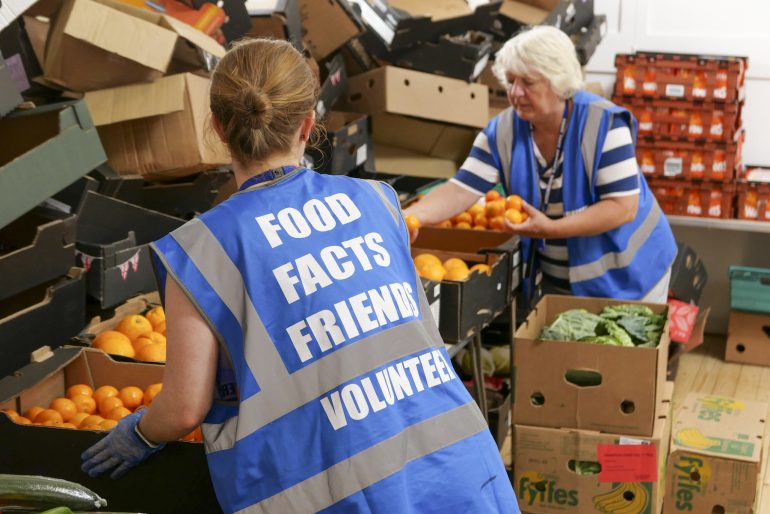
We were commissioned by Scope to explore whether the income (including disability benefits payments) of disabled people and their families is enough to pay for their extra spending needs.
Our report demonstrates that disabled people have to allocate a higher proportion of their overall spending to paying for essentials. This “extra burden of essentials” for disabled people matters: alongside the spending required on additional items that disabled people might need, it reduces the amount that they are able to spend on discretionary items, which in turn impacts negatively on living standards. The extra burden of essentials comes from several different living costs, but in particular from higher proportions being spent on energy and food.
Key findings include:
- Households that include at least one disabled person have to allocate a higher proportion of their overall spending to everyday essentials. For example, low-income households that include a disabled person allocate 62.9% of their total spending to non-housing essentials, compared to 60.3% for households that do not include a disabled person.
- Between the start of the pandemic and July 2023, the average cost of the basket of essential goods bought by households that include at least one disabled person would have increased by 31%. So, if these households had maintained their spending patterns on essentials over the course of the pandemic – they would have to be spending £59 more per week in July 2023 than they were before the pandemic.
- Taken together, and after controlling for the differentials in demographic characteristics, higher shares of budgets going to essentials and higher inflation impacts mean that compared to non-disabled households, households that include a disabled person faced an average additional burden of essentials of around £12 per week in 2023. This is equivalent to an additional £625 per year that must be allocated to essentials; money that would otherwise be available to be spent on additional disability-related costs and discretionary items.
The full report can be accessed here and Scope’s summary can be accessed here.
